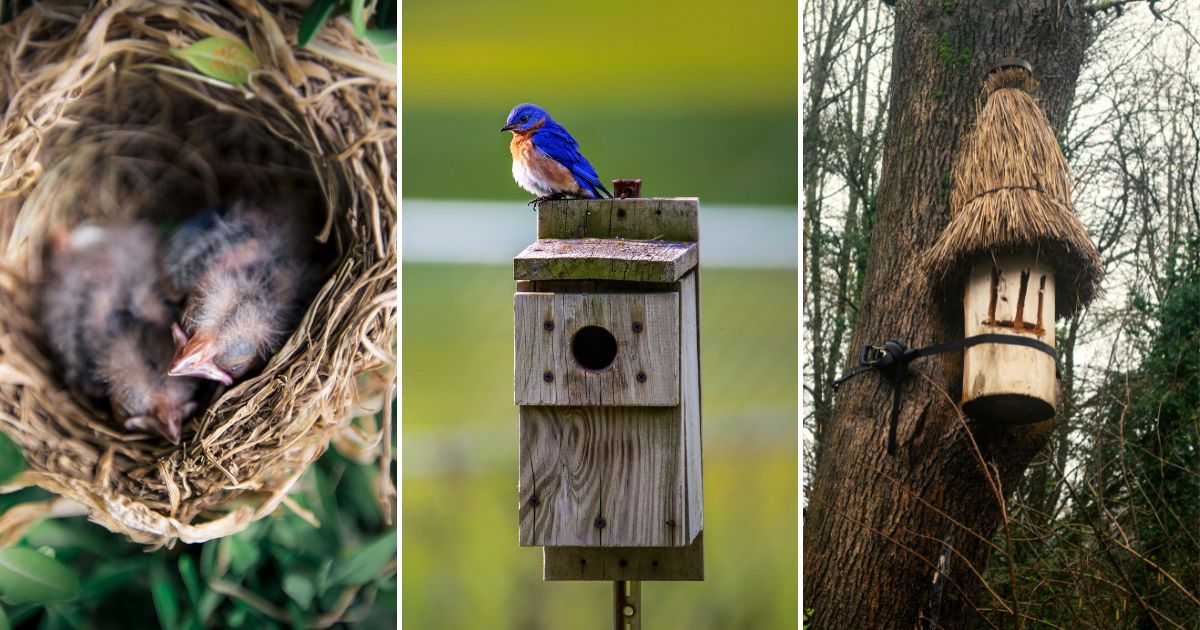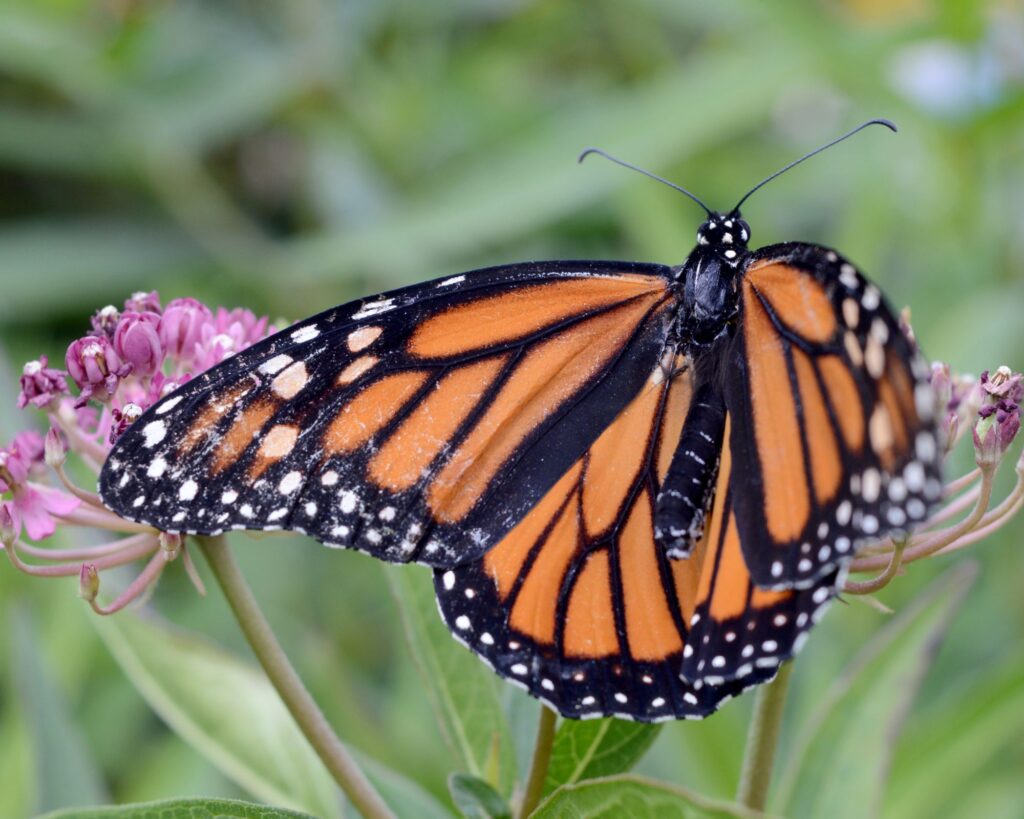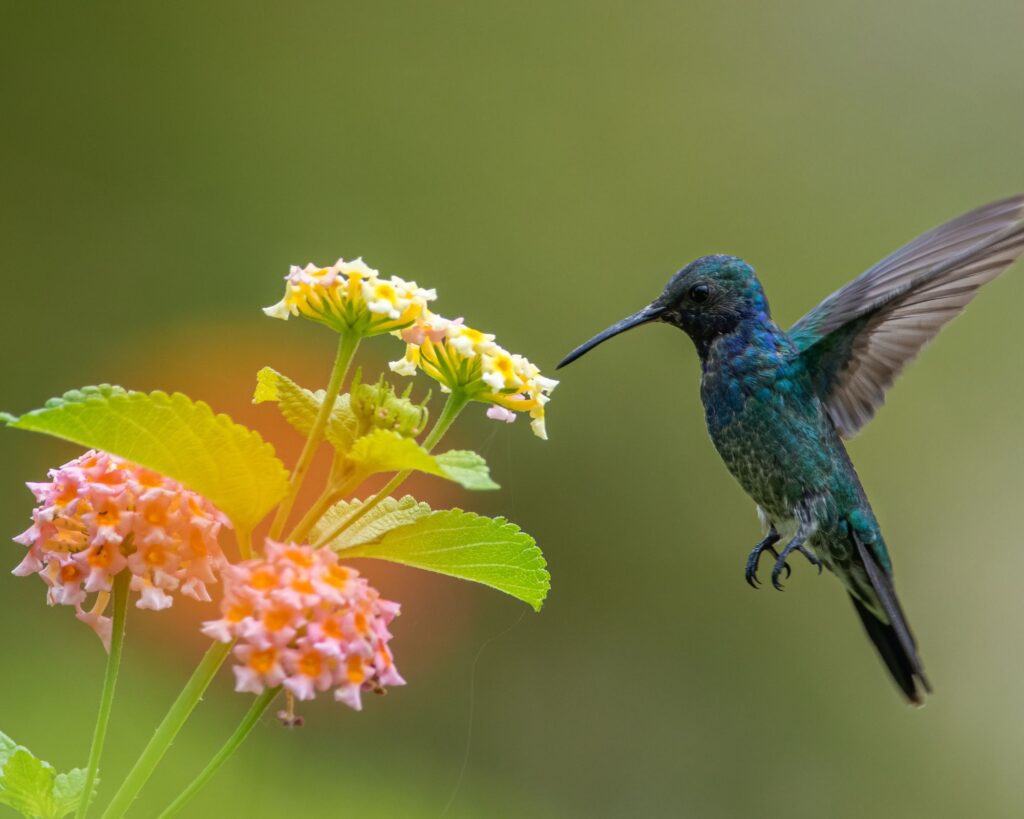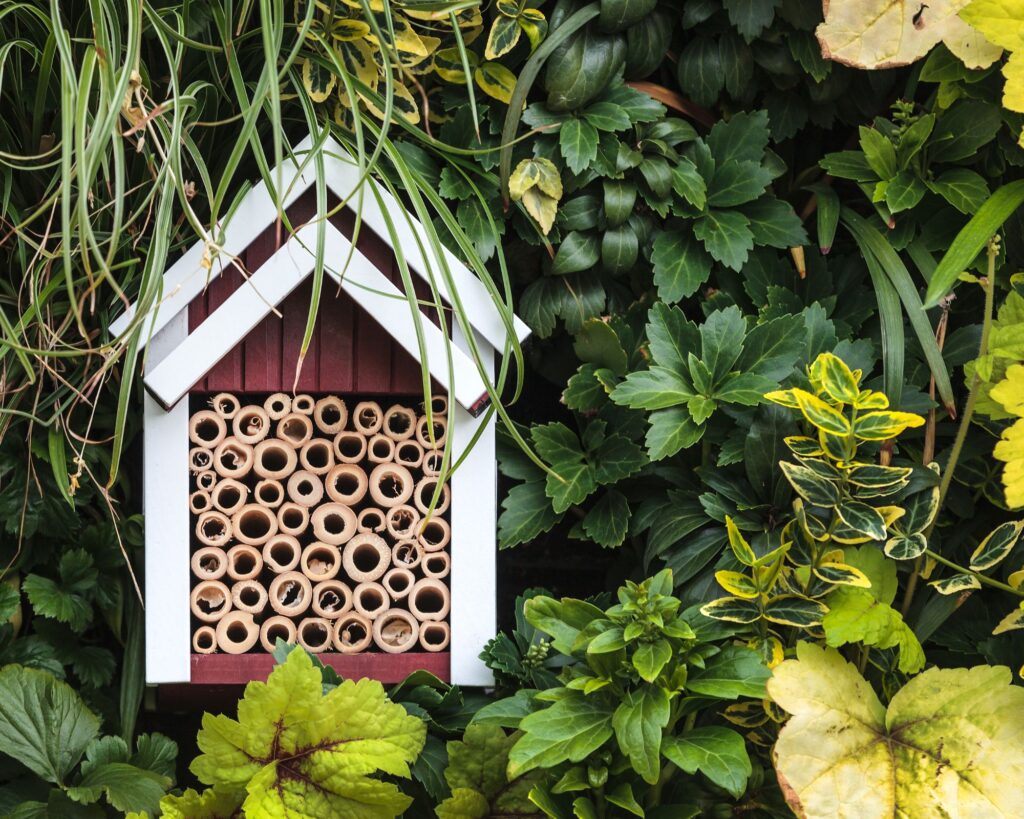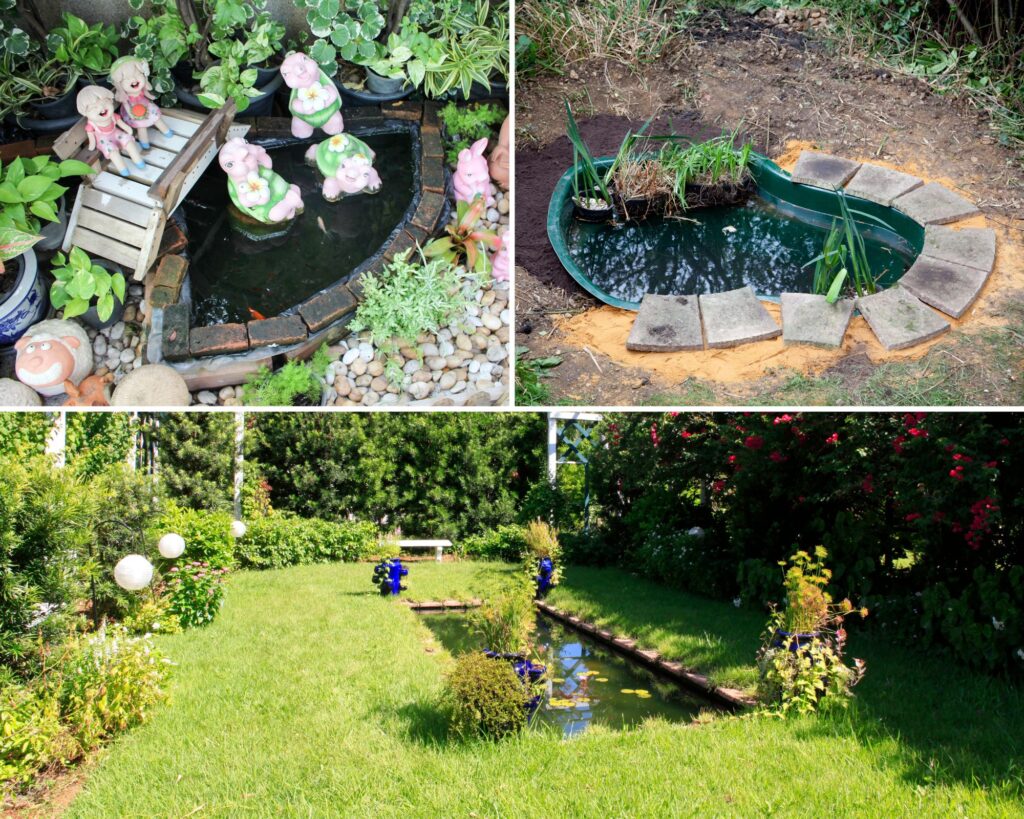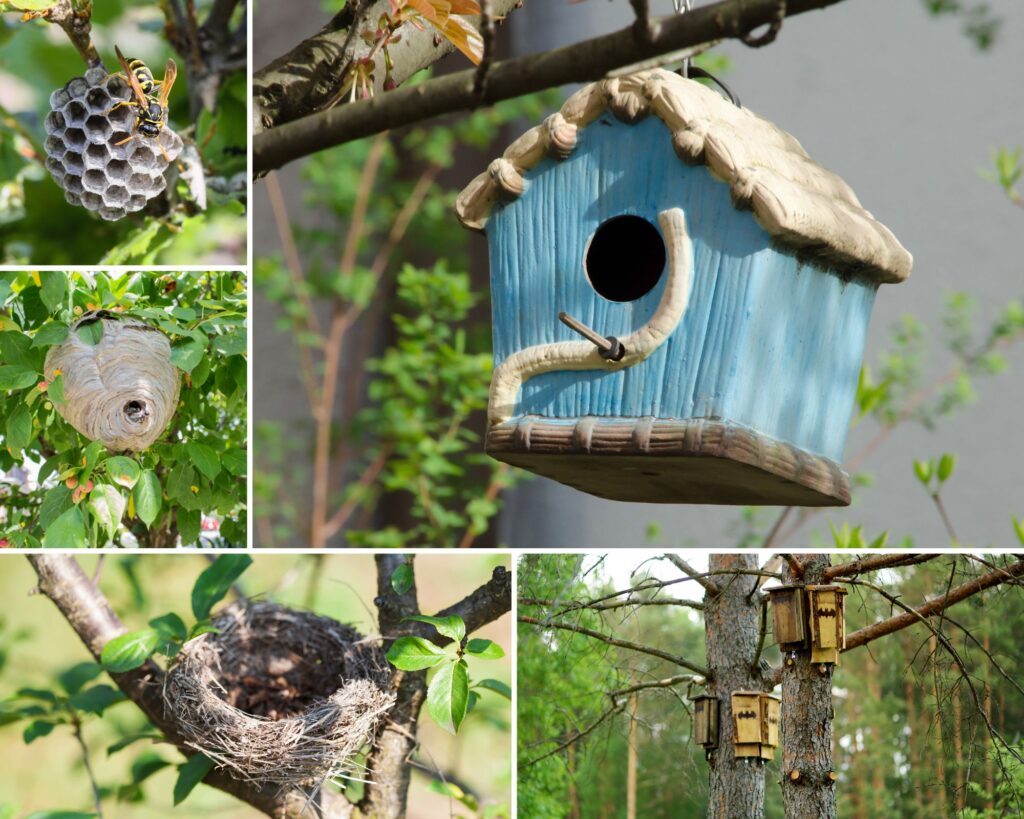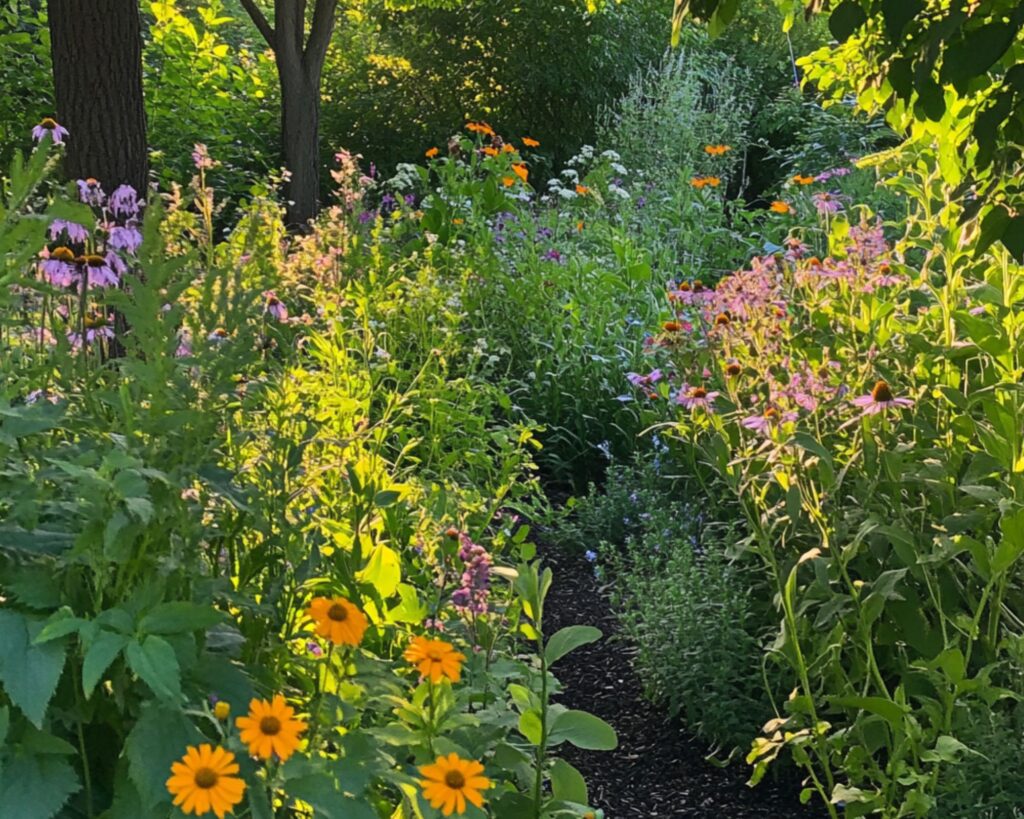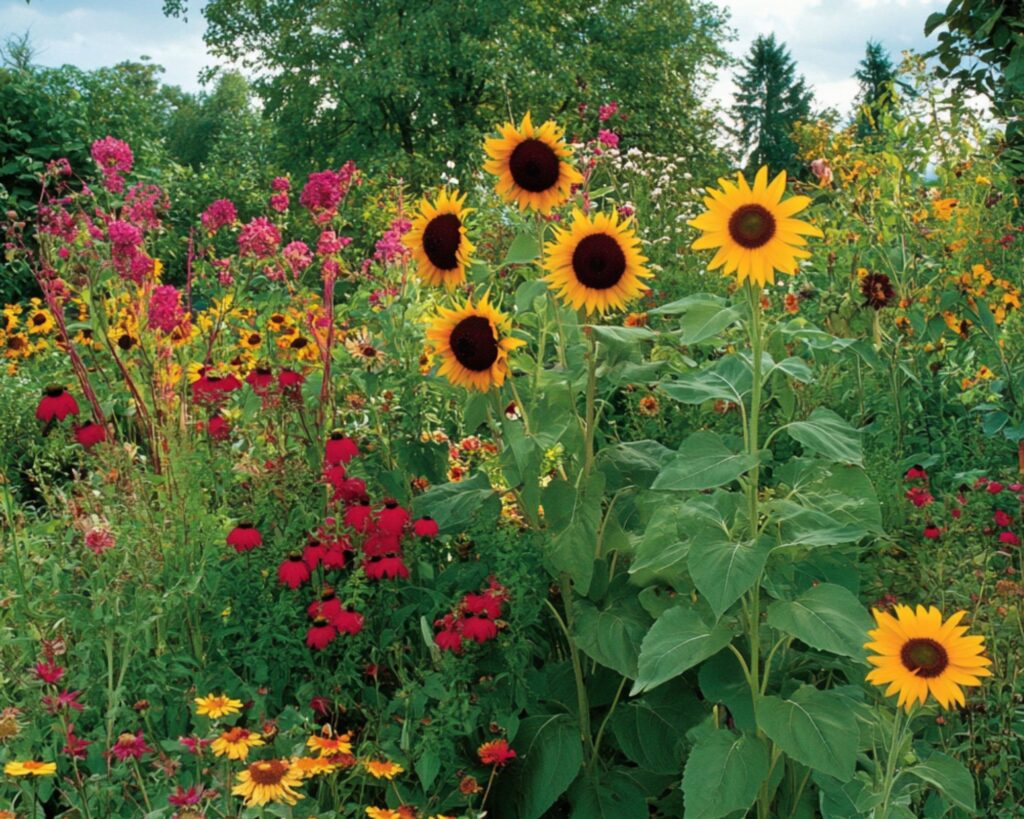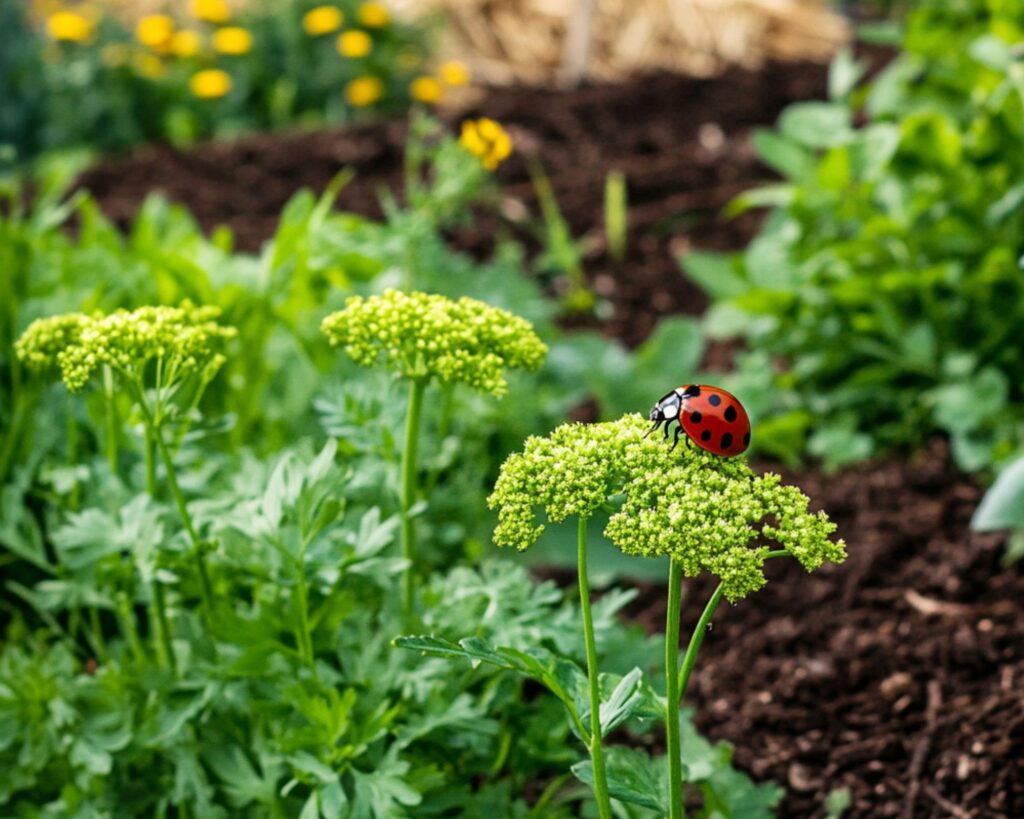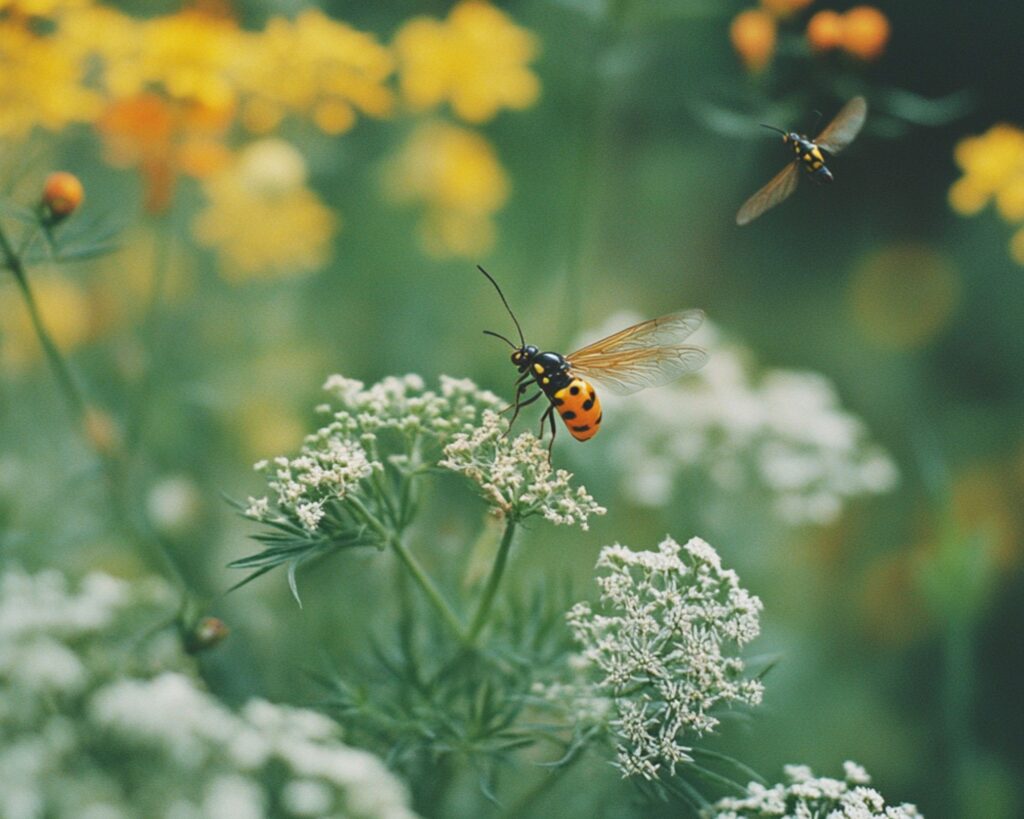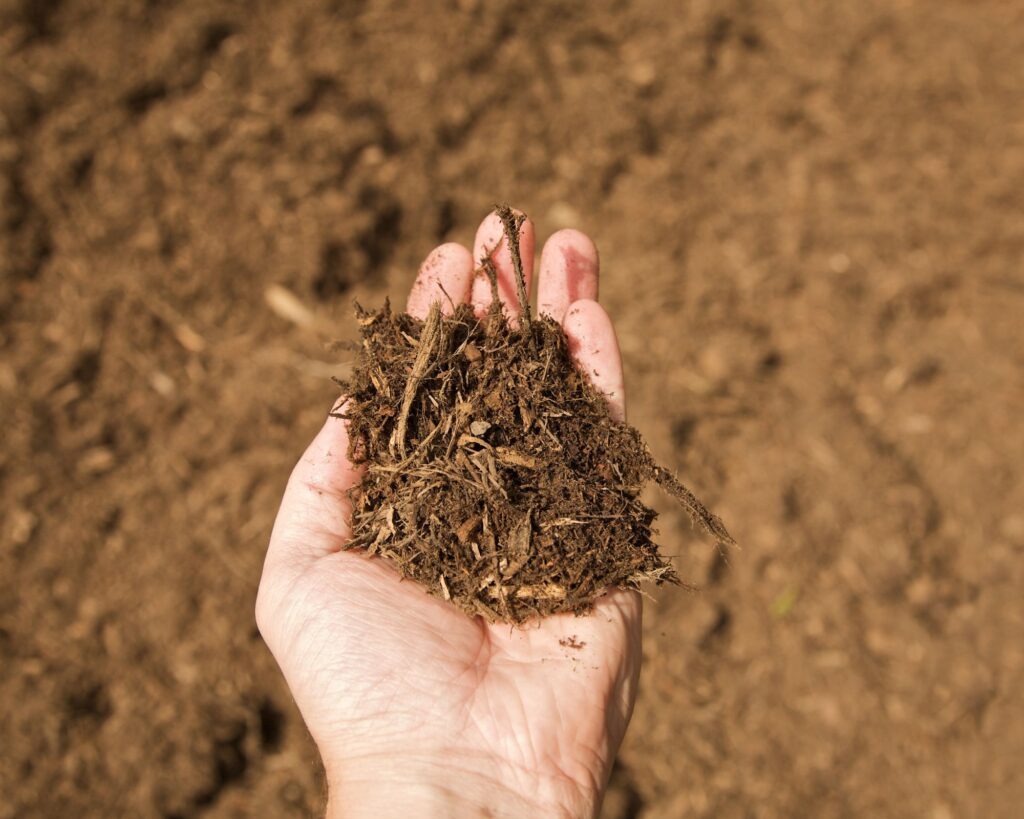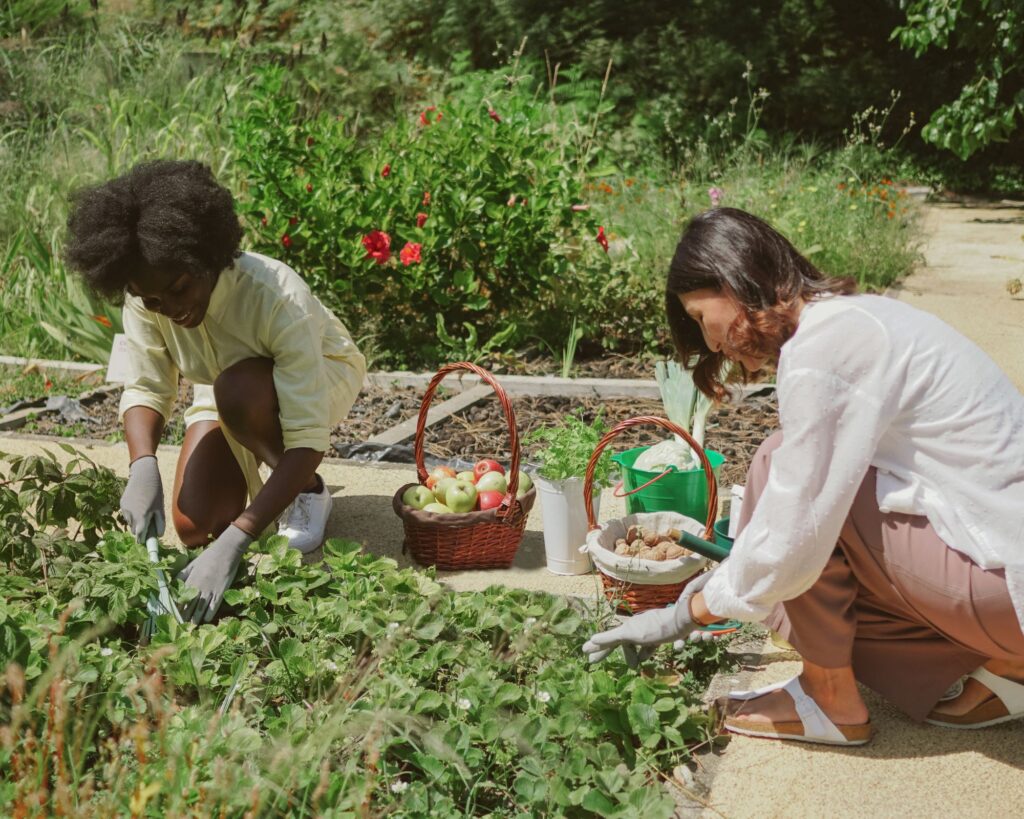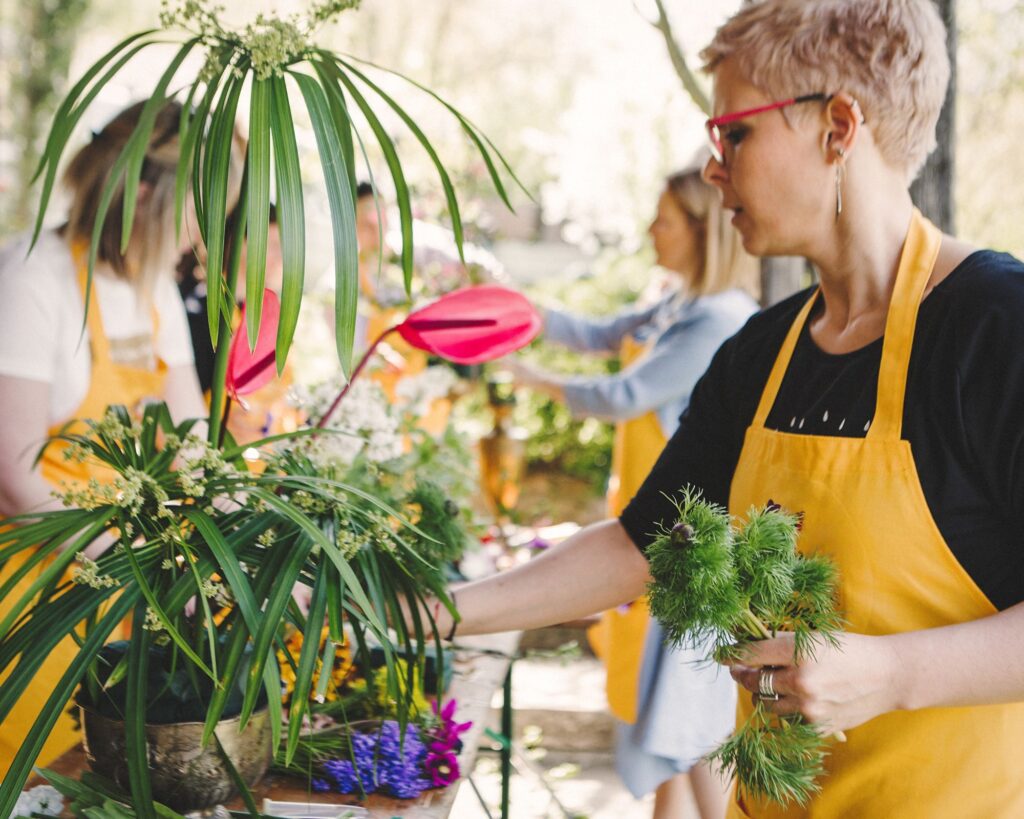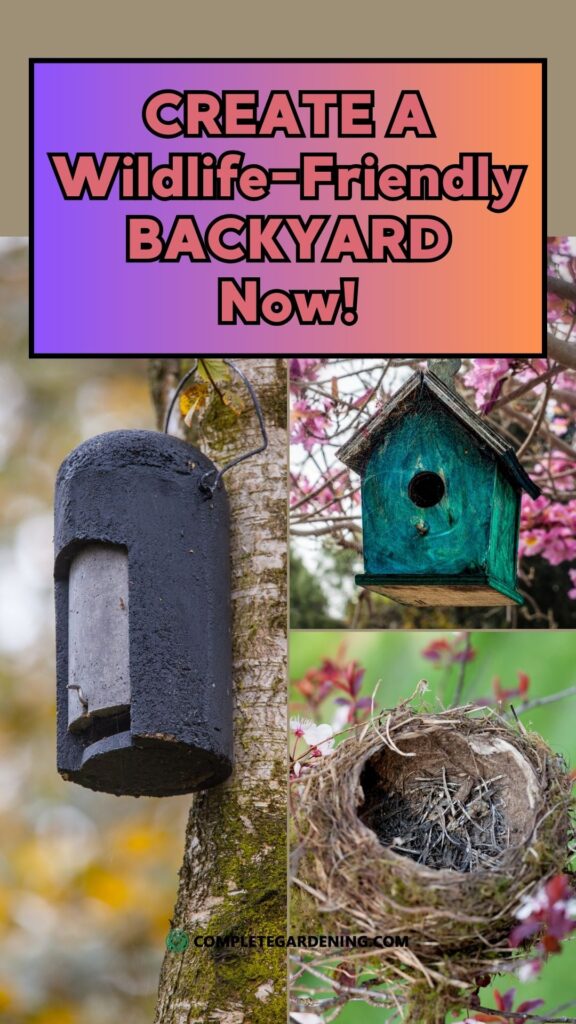Did you know your garden could be more than just a pretty space? It can become a thriving oasis for wildlife right in your backyard!
By simply adding native plants and natural habitats, you can attract beneficial species like birds, bees, and butterflies. You might be surprised at how easy it is to create a vibrant, wildlife-friendly garden without needing a huge plot of land.
In fact, a few small changes – like a birdbath or some nectar-rich flowers – can work wonders for supporting local animals. Imagine sitting on your porch, coffee in hand, watching your garden come alive with nature’s beauty.
Curious about how to get started?
Native Species and Their Roles
Creating a wildlife-friendly garden involves considering the needs of native species, their habitat requirements, and seasonal changes. Understanding these elements ensures a welcoming environment for various creatures.
Incorporating native plants is crucial, as they support local wildlife by providing food and shelter. For instance, certain trees and shrubs host insect species native birds rely on for food.
Consider plants like milkweed, which is vital to monarch butterflies, or oak trees that support hundreds of insect species. Native plants are adapted to your local climate and soil, making them more resilient and easier to maintain.
In a table or list, identify some native plants specific to your region. This helps ensure you’re choosing plants that benefit local wildlife effectively.
Habitat Requirements
Habitat diversity is essential for supporting different types of wildlife. Some animals need dense shrubbery for cover while others prefer open spaces for feeding or nesting.
Introduce layers in your garden – ground cover, shrubs, and trees – to mimic natural environments. Water features, like a birdbath or small pond, provide drinking and bathing opportunities for birds and insects.
Consider adding nesting boxes, logs, or stone piles to create shelter. The variety of habitats invites a wide range of creatures into your garden.
Seasonal Considerations
A successful wildlife garden should support animals year-round. In spring, provide plants that offer fresh leaves and flowers as food sources.
Autumn is vital for supplying nuts and berries that help creatures prepare for winter. Winter may require leaving certain seeds or dead foliage to provide sustenance and shelter.
Think about the migration patterns of birds and insects you want to attract. Plants that bloom at varying times can ensure there is always food available when different species visit.
Choosing the Right Location
Creating a wildlife-friendly garden involves careful planning and placement of features. Focus on selecting the best location, adding water elements, and providing shelter to attract various species.
Consider the amount of sunlight your garden receives. Full sun is ideal for pollinator-friendly plants like lavender and sunflowers. Partial shade suits ferns and hostas, which attract deer and small mammals.
Ensure easy access for creatures by avoiding isolated spots. Nearby trees or shrubs can provide shelter and feeding areas.
Maximize the use of native plants. They are well-adapted to local conditions and support local wildlife. Grouping plants with similar water and sunlight needs boosts growth and minimizes maintenance.
Establish wildlife corridors by connecting your garden with neighboring green spaces to facilitate movement of animals.
Incorporating Water Features
A water feature can significantly enhance your wildlife-friendly garden. Small ponds or birdbaths provide essential drinking and bathing sources. Birds, insects, and amphibians benefit from these features.
Keep water clean by including aquatic plants like water lilies that act as natural filters. Create varying depths in ponds to attract different species.
Add a small fountain or drip feature to keep the water moving, which helps prevent mosquitoes. If space is limited, a simple drip system for a birdbath can suffice.
Water features should be safe for wildlife; avoid steep edges that small creatures might struggle to escape from.
Shelter and Nesting Areas Setup
Shelter and nesting areas are crucial for attracting wildlife. Birdhouses and bat boxes can be installed to invite birds and bats to take up residence.
Choose designs suited to your target species – different birds have specific preferences in nest box dimensions and entry hole sizes.
Brush piles, rock gardens, or log stacks provide refuge for insects and small mammals. These features mimic natural habitats and are perfect for hedgehogs, frogs, and various bugs.
Dense shrubs or hedges offer additional cover and nesting spots. Planting evergreen plants ensures year-round protection and food sources, maintaining a habitat even in colder months.
Native Plants Selection
Choosing the right plants for your garden is crucial in attracting and supporting local wildlife. Select species that offer food, shelter, and year-round appeal to create a thriving ecosystem in your backyard.
Native plants are an excellent choice for attracting wildlife. They are adapted to your local climate and soil conditions, resulting in reduced maintenance. Birds, insects, and mammals often recognize and prefer these familiar plants.
For instance, milkweed supports monarch butterflies. Create a list of native options, categorizing them based on sun and shade preferences.
You can enhance biodiversity by incorporating a variety of plant heights and structures. Use resources such as local nurseries or conservation organizations to find species that thrive in your area.
This approach not only benefits wildlife but also adds regional beauty to your garden.
Food Providing Plants
Including plants that produce seeds, fruits, and nectar is key to sustaining different wildlife species. Sunflowers and coneflowers offer seeds that birds adore.
Berry-producing bushes like elderberries provide essential nutrients for various animals. Nectar-rich flowers such as bee balm invite hummingbirds and bees.
Think seasonally. Ensure a continuous food supply by choosing species with staggered bloom times. Consider adding herbs like mint or oregano, which attract pollinators when flowering.
By diversifying your plant choices, you’ll cater to a wide range of wildlife throughout the year.
Year-Round Interest Plants
To nurture wildlife consistently, grow plants that maintain interest and utility through various seasons. Evergreen shrubs offer shelter even in winter.
Ornamental grasses provide seeds and act as nesting materials. Select deciduous trees that offer vibrant fall foliage and summer shade.
Combine plants with varying textures and colors to create a visually appealing habitat. Flowers like hellebores brighten the cold months, while spring blooms like crocuses offer early sustenance to emerging insects.
A garden with year-round focus ensures ongoing benefits to the wildlife visitors.
Maintaining a Healthy Ecosystem
A balanced garden supports local wildlife and promotes plant health.
Using organic methods and understanding soil dynamics are crucial for maintaining this ecosystem.
Focusing on seasonal care ensures your garden thrives year-round.
Organic Pest Management
Embrace nature’s pest control by inviting beneficial insects like ladybugs, lacewings, and parasitic wasps. You can provide habitats for them by planting specific flowers and herbs, such as dill, fennel, and yarrow.
These plants serve as food and shelter. Avoid using chemical pesticides, as they can harm both harmful and beneficial insects.
Use homemade solutions like neem oil or garlic spray to deter pests. Companion planting is another effective strategy. For instance, basil can repel aphids, while marigolds keep nematodes at bay.
Mulching with organic materials, such as straw or wood chips, helps protect plant roots and suppress weeds, reducing the need for chemical weed killers. By incorporating these strategies, you create a sustainable and thriving garden environment.
Soil Health and Mulching
Healthy soil is the foundation of a thriving garden, so prioritize enriching it with organic matter. Composting kitchen scraps and yard waste can improve soil structure and nutrients.
Regularly test your soil’s pH and nutrient levels to ensure optimal plant health.
Mulching is vital in maintaining moisture levels, suppressing weeds, and regulating soil temperature. Organic mulches, such as grass clippings or shredded leaves, decompose over time, further enriching the soil.
Ensure that you apply mulch evenly around plants, leaving space around stems to prevent rot.
Rotate crops annually to prevent nutrient depletion in the soil and reduce pest populations. This approach will help balance your garden’s ecosystem.
Seasonal Garden Care
Each season requires specific gardening approaches to maintain a healthy ecosystem. In spring, introduce new plants gradually and monitor their growth.
Spring rains can sometimes lead to overwatering; ensure that your soil has proper drainage.
Summer heat may necessitate increased watering, especially for young plants. Water in the mornings to minimize evaporation and avoid fungal diseases.
In fall, focus on cleaning up debris to prevent pests from overwintering and spreading diseases.
Winterizing your garden involves protecting plants with mulch or fabric covers and pruning back perennials. Harvest remaining produce before the first frost.
By adapting your care practices with the seasons, you’ll support a dynamic and resilient garden ecosystem.
Engaging Community
Encouraging community involvement and offering educational experiences can turn your garden into a lively hub of collaboration.
Engaging neighbors enhances your wildlife conservation efforts. Organize garden tours or workshops to share your journey and inspire others to adopt similar practices, expanding green spaces together.
Host garden swaps and community planting days to promote hands-on participation. Collaborate with local clubs to boost resources and turnout.
Partnering with schools or youth groups fosters environmental stewardship, while projects encouraging regular involvement help sustain interest throughout the year.
Educational Opportunities
Introducing educational components enriches the experience for everyone visiting your garden. Host workshops on topics such as native plant selection or habitat creation.
Providing literature or resources during events aids in the dissemination of easy-to-implement practices.
Creating interactive experiences can make learning fun. Consider setting up educational signage that describes the plants and their benefits to wildlife.
These signs easily inform visitors as they explore, promoting a deeper appreciation and understanding of each element in the garden.
Online resources can complement in-person activities. Share tips, guides, or updates about your garden’s progress via social media platforms or community newsletters.
This keeps the conversation going and encourages a broader audience to engage with your work and possibly replicate it in their own spaces.
Creating a wildlife-friendly garden is not only an enriching experience for your local ecosystem but also a delightful addition to your outdoor space.
Remember, every small step counts – whether it’s adding a birdbath, planting nectar-rich flowers, or setting up shelter for critters.
Your garden can become a welcoming retreat for both wildlife and yourself, where nature’s beauty thrives right in your backyard.
By taking these steps, you join a community of gardeners making a positive impact on the environment, one garden at a time.
